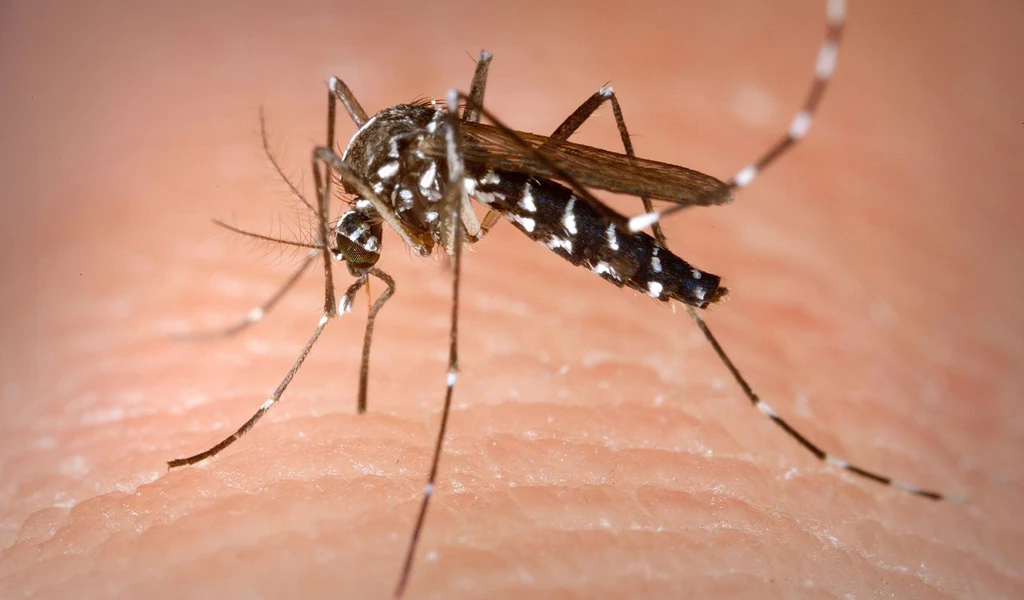Chikungunya
CEPI is advancing the development of promising Chikungunya vaccine candidates through late-stage trials, focusing on expanding access to vulnerable populations in endemic countries.
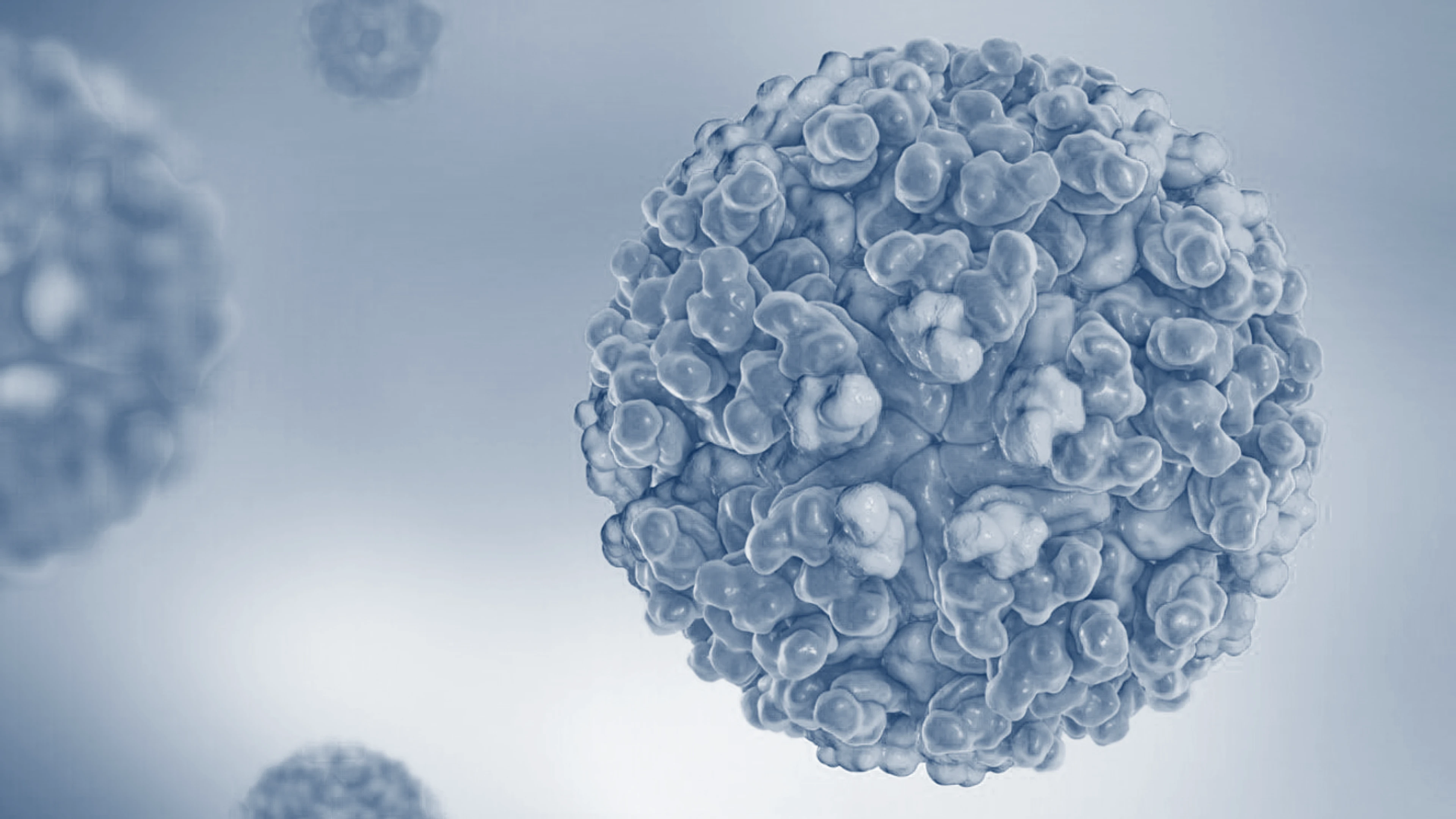
What is Chikungunya virus?
Chikungunya is a viral disease caused by the Chikungunya virus. It belongs to the Togavirus family.
Chikungunya is most commonly transmitted by female Aedes aegypti and Aedes albopictus mosquitoes.
The name chikungunya derives from a word in the Kimakonde language, meaning “to become contorted”.
WHO has identified Chikungunya as a major public health concern due to its high morbidity and has stated that further research and development is needed to mitigate the risk it poses.
The first-ever Chikungunya vaccine, developed by Valneva with support from CEPI and the European Union’s Horizon programmes, has been approved in outbreak-affected Brazil as well as the US, Canada, the EU and the UK for use in adults. It is also authorised for use in adolescents in the EU.
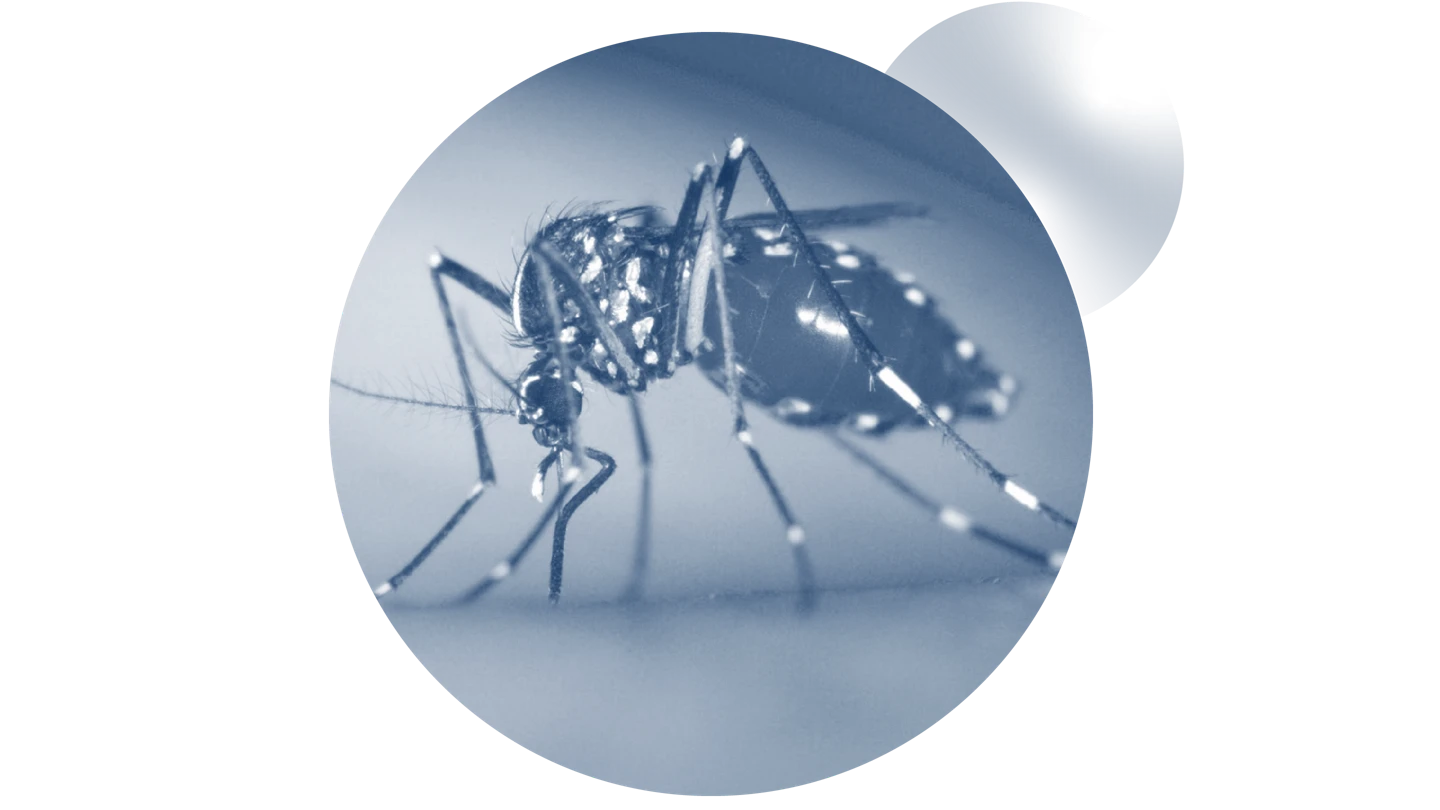
1 billion
Number of people living in areas where Chikungunya is endemic
110+
Number of countries in which the Chikungunya virus has been identified
2
CEPI-backed vaccines in active development, including one that is now licensed
Where does Chikungunya occur?
Chikungunya was first identified in Tanzania in 1952 and has since become widely distributed across the globe.
Since 2004, major epidemics have been reported in Africa and Asia, and local transmission is also now being reported in Europe, the USA and the Caribbean.
In 2024, approximately 620,000 Chikungunya cases have been reported, with over 210 deaths. Brazil accounts for the lion’s share of these cases, with over 420,000 cases detected in the country alone.
Today, over a billion people live in areas where Chikungunya is endemic.
Climate change could further amplify the threat posed by Chikungunya by making more regions habitable for the mosquito vectors that transmit the virus, thereby increasing the size of the population at risk of infection.

What are the symptoms of Chikungunya infection?
Chikungunya symptoms can range widely in terms of severity.
It is typically characterised by fever and severe joint pain, which is often debilitating and can last for weeks, months or even years, severely impacting quality of life. Other symptoms can include muscle pain, headache, nausea, fatigue, and rash.
Most patients recover fully. However, cases of eye, heart, and neurological complications have been reported.
Newborns and older people with underlying medical conditions are at higher risk of severe disease and death.
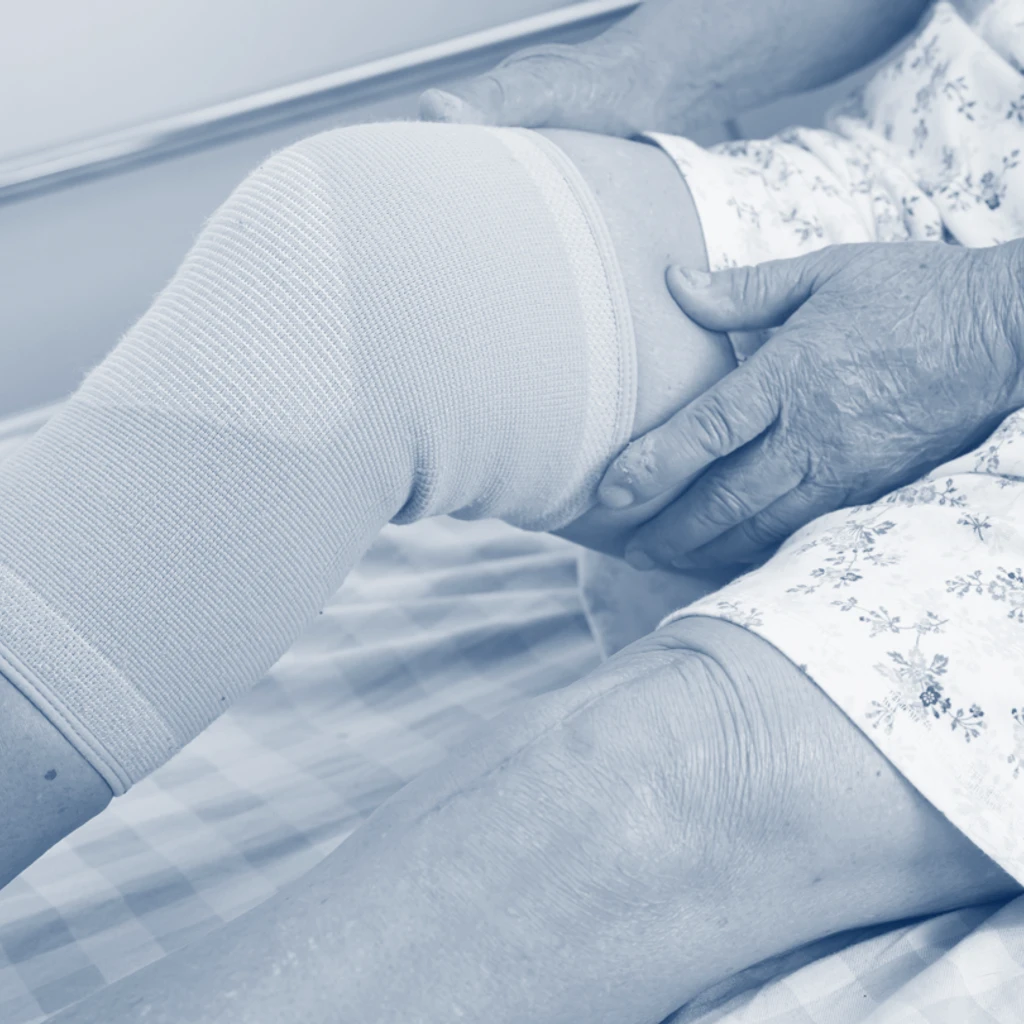
How is CEPI responding to chikungunya?
CEPI's goal is to advance chikungunya candidate vaccines towards licensure and enable equitable access to doses for people living in affected countries.
We have supported three chikungunya vaccine candidates in late-stage development. We have committed up to US$100 million in funding to advance these projects, with support from the European Union’s Horizon programmes.
Two of these candidates remain in active development, one of which—developed by French pharmaceutical company Valneva—has become the first in the world to be approved in outbreak-affected Brazil, the US, Canada, the European Union and the UK.
In July 2024, CEPI announced additional funding, with support from the European Union’s Horizon Europe programme, to conduct new research that could support vulnerable populations at risk of being infected by this debilitating disease. This includes children and pregnant women.
CEPI has also supported a clinical trial assessing the performance of Valneva's vaccine in adolescents in Brazil in partnership with Brazil's Instituto Butantan. This data was used to support a positive opinion recommendation from the EU's Committee for Medicinal Products for Human Use (CHMP) to expand access to the vaccine in adolescents.
Brazil’s Instituto Butantan is committed to providing the chikungunya vaccine it will develop and produce in Brazil at an affordable price for distribution in Latin American countries and selected low- and middle-income countries.
CEPI partners Valneva and Serum Institute of India have also entered into an exclusive license agreement for Valneva’s chikungunya vaccine that enables supply of the vaccine in Asia, subject to local regulatory approvals. Serum has committed to priority supply of the chikungunya vaccine at an affordable price to public health markets in low- and middle-income countries.
While chikungunya is know to cause large outbreaks in Asia and South America, CEPI is funding a project to find out the extent to which chikungunya is also affecting East Africa. Testing remains largely limited in the region and there is concern that cases are largely going unreported. Having better insights into chikungunya’s local prevalence will be crucial in guiding the design and implementation of future vaccine trials and vaccination programmes in affected countries.

Latest Chikungunya news

Valneva expands access to Asia for its chikungunya vaccine with Serum

Scientists launch largest-ever study tracking chikungunya burden in East Africa
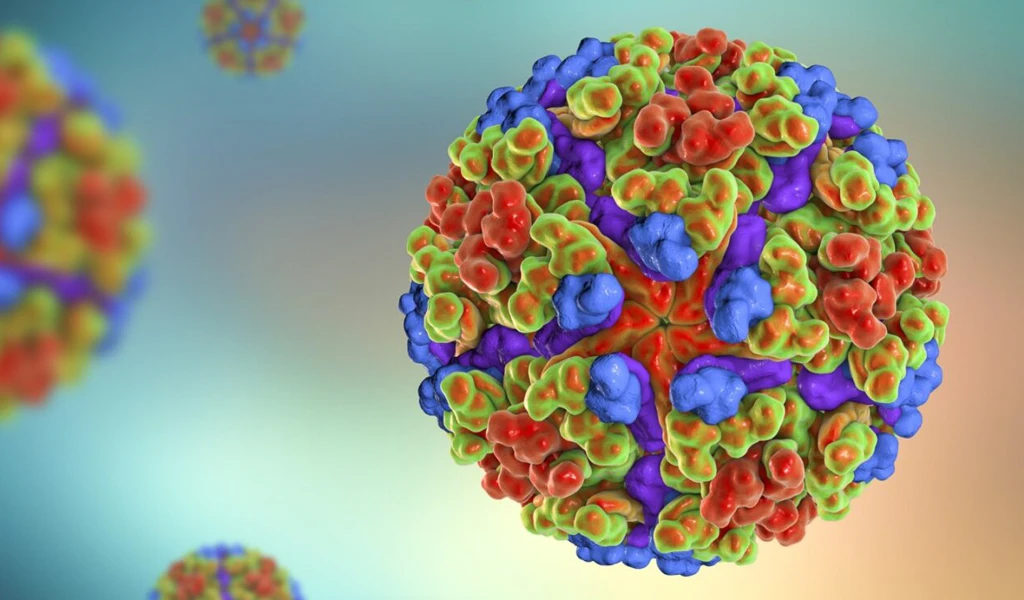
CEPI expands Chikungunya vaccine partnership with Valneva
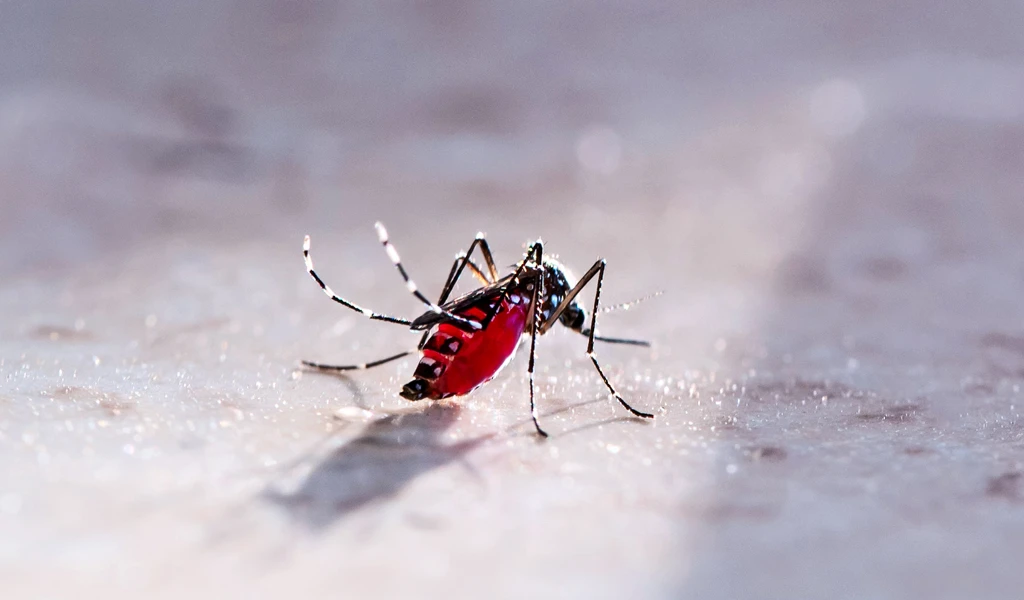
Accelerating access to the world's first Chikungunya vaccine
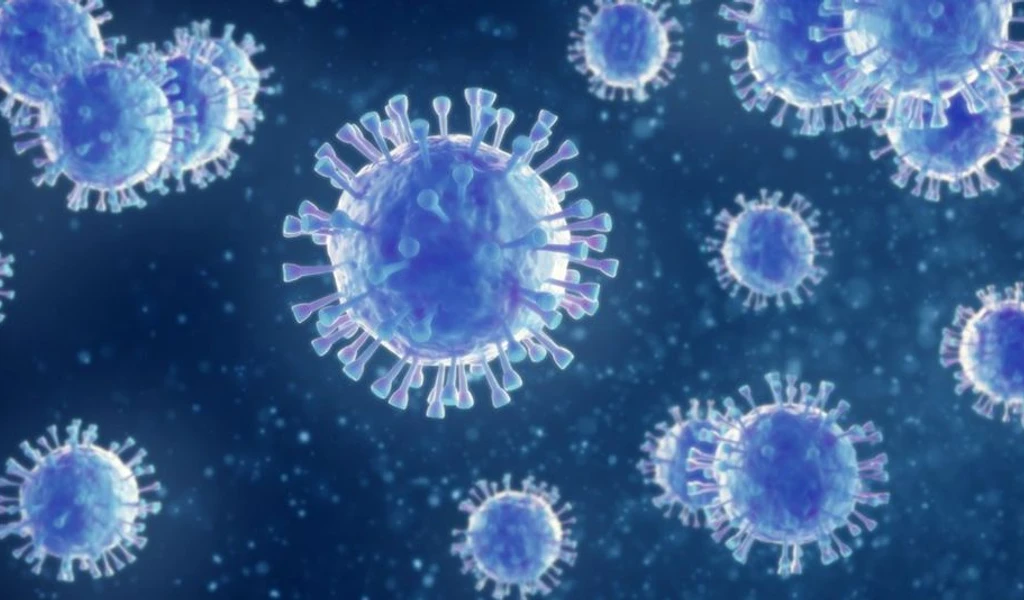
CEPI partners, IVI and BBIL, launch global Chikungunya vaccine Phase II/III trial in Costa Rica
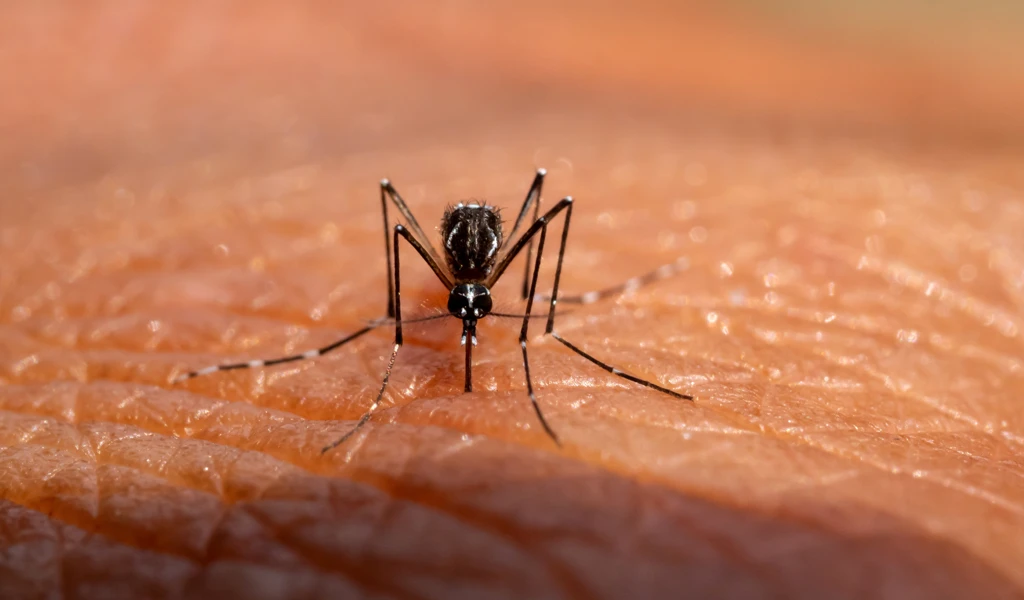
Licenced Chikungunya vaccines are on the horizon
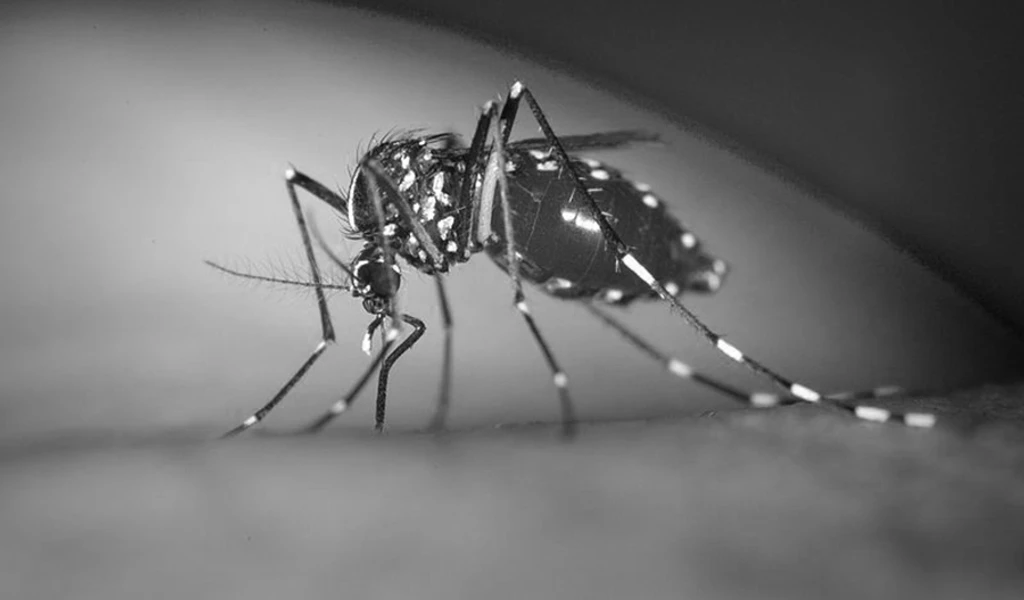
CEPI awards up to US $14.1 million to consortium of IVI and Bharat Biotech to advance development of Chikungunya vaccine in collaboration with Ind-CEPI
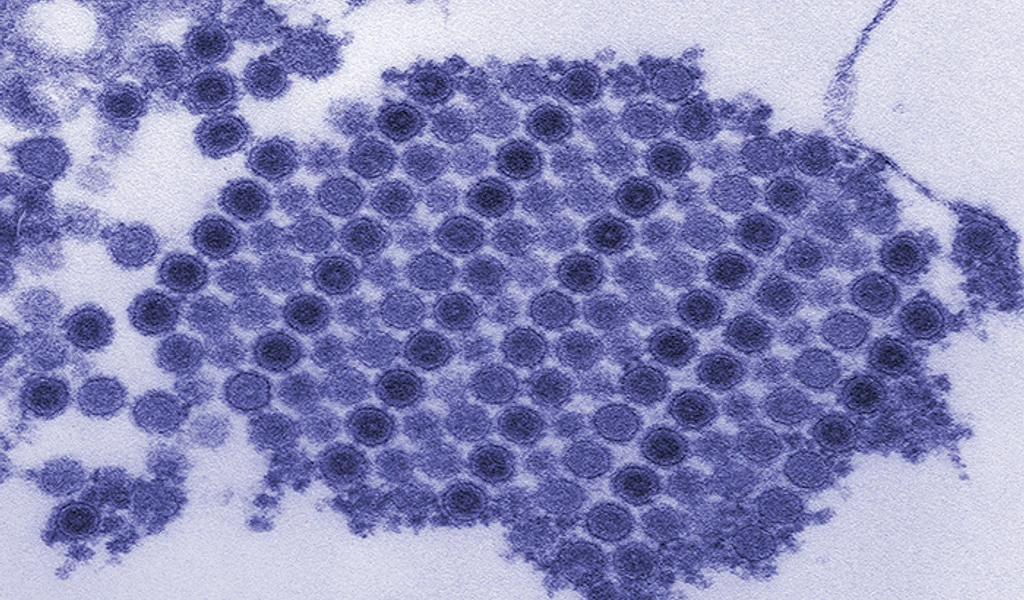
CEPI awards up to US$23.4 million to Valneva for late-stage development of a single-dose Chikungunya vaccine

The world needs a Chikungunya vaccine
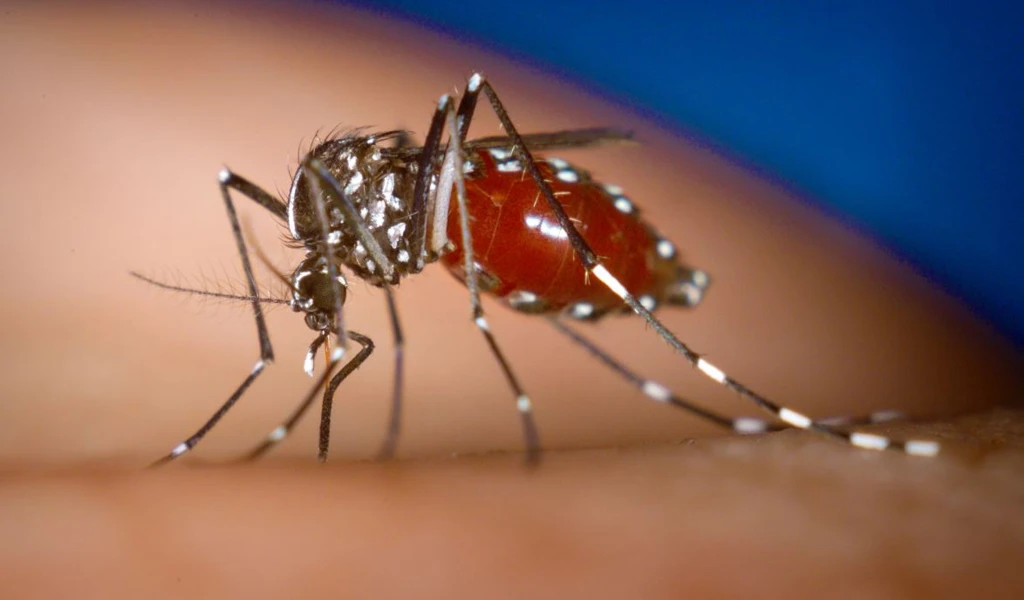
CEPI awards up to US$21 million to Themis Bioscience for Phase 3 Chikungunya Vaccine Development
